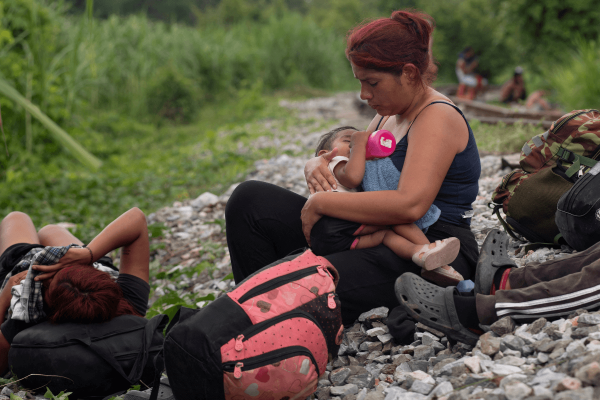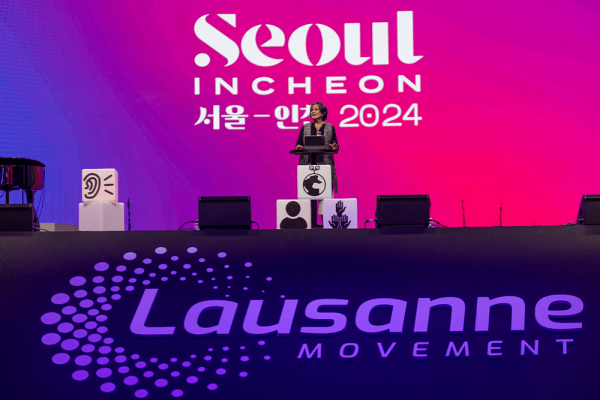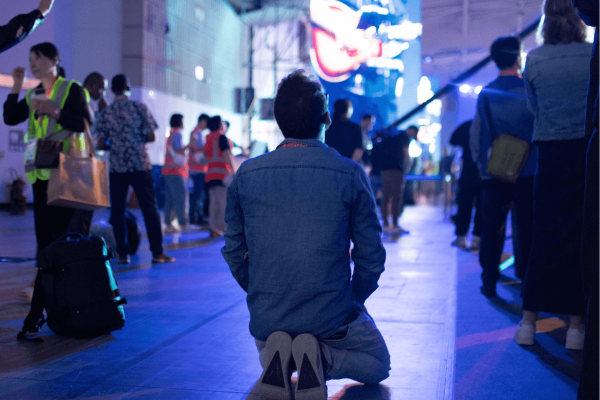As a Palestinian Christian who grew up in Jerusalem, I have a hard time knowing where, if anywhere, my narrative fits among the pictures evangelical Christians paint of Israel. I was reminded of this recently when an acquaintance of mine did a “holy land tour,” and posted travel updates that showed up on my social media stream.
Seeing others post pictures in the same spots where I walked home from school, went on a field trip, or stopped for bread on the way back from church, is like watching someone’s first-date encounter with your old friend. But as the pictures roll by, something else begins to gather in my chest. Rage.
One more person visiting my homeland and also not visiting my homeland.
Like other such tours, these posts share that the traveler went all over Israel proper, from Galilee to Masada, but not into any Arab neighborhoods, either inside Israel or in the West Bank. The only reference to Arabs in all of the photos and commentary was to an Arab village that could be seen from the safe distance of the Jewish quarter in the Old City.
I know that village. It’s where my mother used to teach during the first Intifada, where she tried to keep a group of Palestinian kindergarteners from standing on their desks every time an Israeli army jeep passed by, so that they could flash the victory sign to the jeep and then dodge the incoming tear gas cannisters.
The traveler did not go to Bethlehem, the only place in these tours where an American might actually meet an Arab face to face, usually in the form of a hospitable shop owner. This tourist avoids seeing a checkpoint in action, with lines of Palestinian men, women, and children standing on the side, legs spread, waiting for a soldier to check them. Avoids facing the miles of thick concrete security wall, snaking in between crumbling Arab villages and gleaming Jewish settlements. Avoids seeing the barb-wired watch towers, with teenagers — who have lived their whole lives behind the wall — kick a soccer ball below.
Congratulations, I want to say. You have managed to visit the Holy Land without meeting an Arab.
The traveler has climbed Masada, walked the Temple Mount, and strolled through Roman aqueducts and courtyards. They have walked where Jesus walked. Like so many American evangelicals I encounter in church, they say to me: “I know,” and “I have been there.”
Holy Land tourism is a booming industry, particularly among American Christians. I see them advertised throughout Christian institutions and Christian media. When I was living in Jerusalem, these tour groups were part of the clamorous backdrop to my daily life. It wasn’t until I came to United States and saw the glossy print ads that I began to grasp the ethos of these trips. Like going to Universal Studios or Disney, Americans are willing to pay for the privilege of walking onto the “set” and “immersive experience” of the Bible.
But what world are they actually entering? And who pays that price?
As long as American Christians visit the “Holy Land” and leave without confronting the ugliness of the occupation, they do not have to confront their own simplistic narrative of good-guy and bad-guy in the Palestinian/Israeli conflict. The term, “Holy Land,” ignores the political realities on the ground and whitewashes the thorny issues of land ownership.
This is a kind of silencing. The debate is already over because the white evangelical Christian has already collected all the evidence that she need to draw her conclusion. In situations like these, I could try to persuade her that her partial experience does not represent the whole. But the threat of backlash is real. Also, who wants to be the jerk who ruins someone’s vacation?
Being disempowered means having a story that the privileged person can’t see, so they can’t acknowledge that it exists, so you don’t even have a framework for answering questions truthfully.
Thankfully, some are working to present a fuller picture of the more complicated story. While traditional Holy Land tourism is a multi-billion-dollar industry, some organizations are retooling these trips so that participants can see the cultural and political reality of the current situation on the ground in Israel and the Occupied Territories.
For example, the Telos Group invites tour members to meet with Israelis and Palestinians from a wide variety of cultural, faith, and political backgrounds, to hear their perspectives and understand their daily realities. When American Christians return from these trips, they return with more questions than answers. They begin to understand the complexities, the pain and the anger that both sides have, and are forced to wrestle with the central moral question that occupies both the Israeli and Palestinian mind: the occupation.
This kind of visit forces Americans to ask hard questions, not only of others, but also of themselves. What does justice look like, not just over there, but over here? These are questions that are worth traveling around the world to learn how to ask.
The real gift in seeing Palestine is not that you can now picture what the land looked like when Jesus was there. The real gift is that you get to see God.
You get to see that God chose a bombed-out, walled-off village to make his home, where every house has a bullet-hole, every shop has a barred gate, every family has a heart-break, and even the Christians outside are afraid to come in. But God says: you know what, let’s start here.
Got something to say about what you're reading? We value your feedback!







